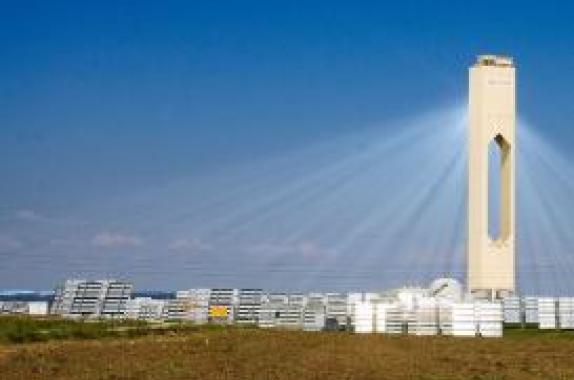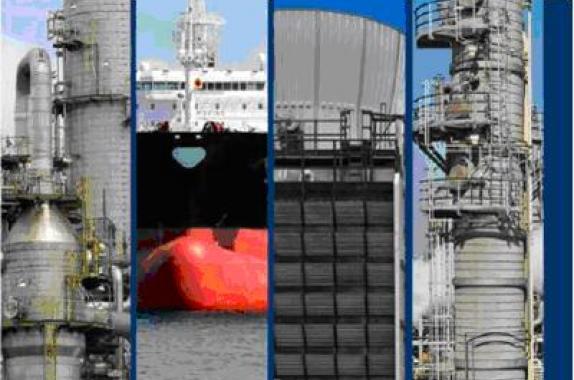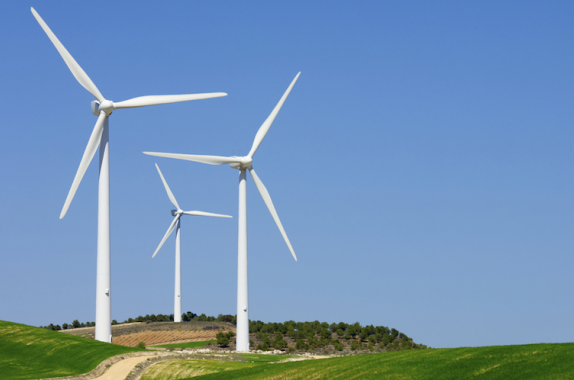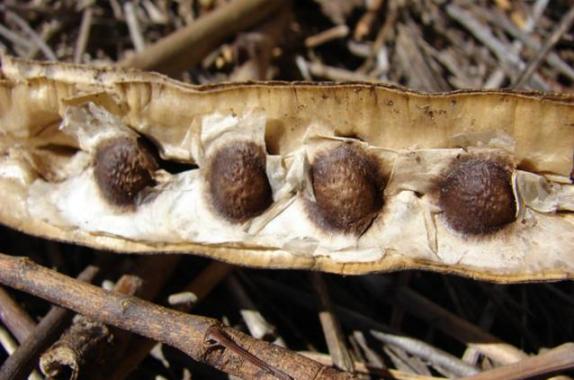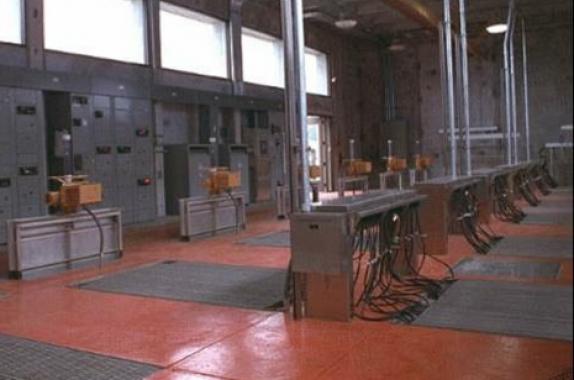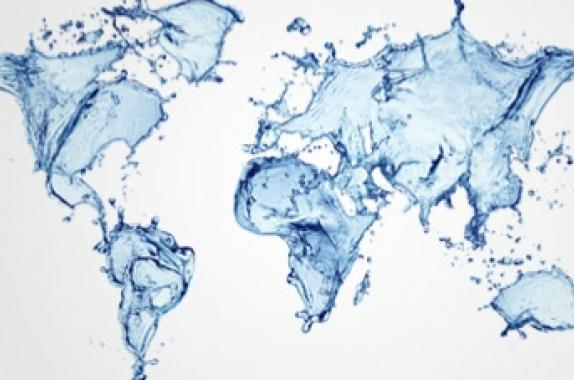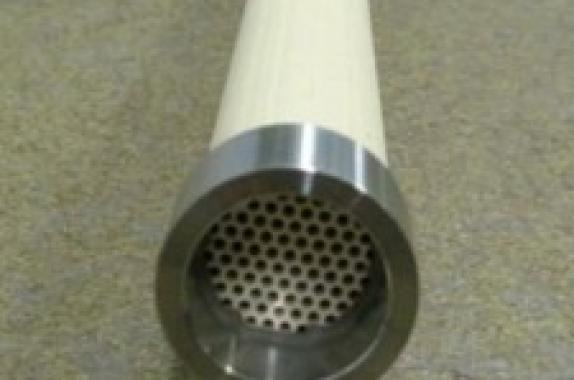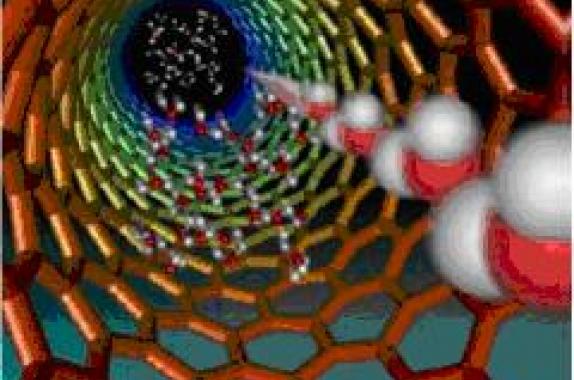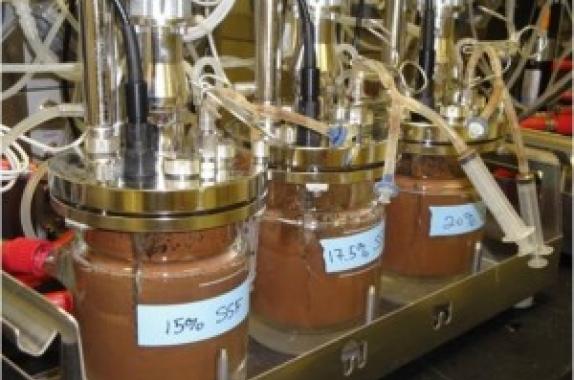Martin Bergstedt

Martin Bergstedt is an experienced executive, with a Chemical Engineering degree from the University of Minnesota. He first joined Economics Laboratory at their pilot plant, performing process development and plant start-ups. From there he held positions of progressively increasing scope and responsibility at ETD Technology and DuPont Electronics, and then spent ten years in General Manager positions with Aptus (Westinghouse) Environmental and USFilter (Veolia). He worked at U.S. Water Services as Director of Engineering and Project Management, overseeing the design, specification and installation of water treatment systems for 60 new ethanol plants in a three year period, and is currently General Manager, Eastern U.S. at Amazon Environmental. His greatest successes are when taking underperforming or inexperienced organizations and forging a cohesive effort to accomplish the project or profit objectives.
ChEnected contributions
Interview with Joseph Stough, IHS [On Location]
Joe Stough of IHS spoke with us at the Spring Meeting poster session in Houston to explain his company's research on better understanding how the best-performing companies are working towards improved safety in their facilities.
Jumpstarting R&D with Open Innovation [On Location]
When a large, well established organization determines that it cannot internally provide the level or speed of innovation and new product development that it needs to survive and grow, it will often engage a small innovative start-up company to make up for the shortcoming.
A Look at Siemens, Leader in Sustainability [On Location]
Siemens, often described as an "industrial giant," is striving to perform in a way such that will also make it known as a "sustainability giant." As part of the YP Tutorial on Environmental Topics, Stephanie Nadeau presented an overview of Siemens' ongoing commitment to sustainability.
Avoiding Technology Agreement Traps [On Location]
Patent licensing and other technology agreements can be great tools, but a bad agreement, or an ineffective agreement process, can be strategically and financially devastating to both sides of the transaction. Check out these tips to avoid falling into common traps.
Forward Osmosis Pilot Plant for Seawater Desalination
Forward osmosis offsets some of the high costs of reverse osmosis, but large-scale systems necessarily introduce one or more additional unit ops to recover the extracted water from the draw solution utilized. Young Kim of the Korea Institue of Machinery and Materials (KIMM) discussed her work on a forward osmosis pilot plant.
Produced Water Treatment with Ceramic Membranes
The volume and complexity of produced water (PW) generated in the oil and gas extraction industry provides a significant separations and treatment challenge. Because of its source, PW is contaminated with hydrocarbons and inorganic leachates from the rock strata where the well is drilled. Bruce Bishop of Veolia Water presented the results of ceramic membrane systems trials in different process environments.
Moringa Oleifera Seeds for Water Treatment in Water-Stressed Areas
The challenge of improving water quality in water-stressed areas of the world may have a natural champion in the Moringa oleifera tree. More specifically, a particular protein found in the meal of dried and ground M. oleifera seeds, when adsorbed onto sand, has shown some excellent preliminary results in removing total suspended solids (TSS) and in killing coliform bacteria.
Life-Cycle Assessment Comparison of Ultraviolet and Chemical Disinfection
The equipment and capital scope of an ultraviolet (UV) disinfection systems seems so much more substantial than a simple chemical feed and contact arrangement. If a Life-Cycle Assessment (LCA) is performed, however, and other less-obvious sustainability factors are considered, the choice is no longer so cut and dried.
Comparison of Ceramic and Polymeric Membranes for Micro- and Ultrafiltration
Katie Guerra, P.E., of the Bureau of Reclamation reported on her efforts to put to the test the common assumptions that ceramic micro- and ultrafiltration systems, though more robust and forgiving, have such a high capital cost that polymeric membrane systems provide a lower total operating cost advantage.
Utilization of Carbon Nano-Tubes in Water Treatment Applications
By exploiting the inherent flow properties of the carbon nano-tube interior, creating ”gatekeeper” functionality at the entrances and exits, and allowing for “back side” signaling, precisely engineered separations membranes that mimic the precision of biological membranes are possible
Separate Processing of Hemicellulose and Cellulose to Optimize Ethanol Production from Corn Stover
One effort to increase cellulosic ethanol production efficiencies using corn stover as feedstock involves a separation of and separate processing of the solid and liquid fractions of pretreated feedstock.
In addition to facilitating an increase in the productivity of ethanol fermentation and recovery, a spit stream process opens up the possibility of diverting the C5 stream to some potentially more lucrative bioproducts.
Aquaporin in Bi-layer Structures for Forward Osmosis and Other Water Transport Applications
Aquaporin is a protein found in cell membranes has unique properties of water transport. Efforts are underway at the National University of Singapore to better understand these proteins, and how to incorporate them into engineered structures.




